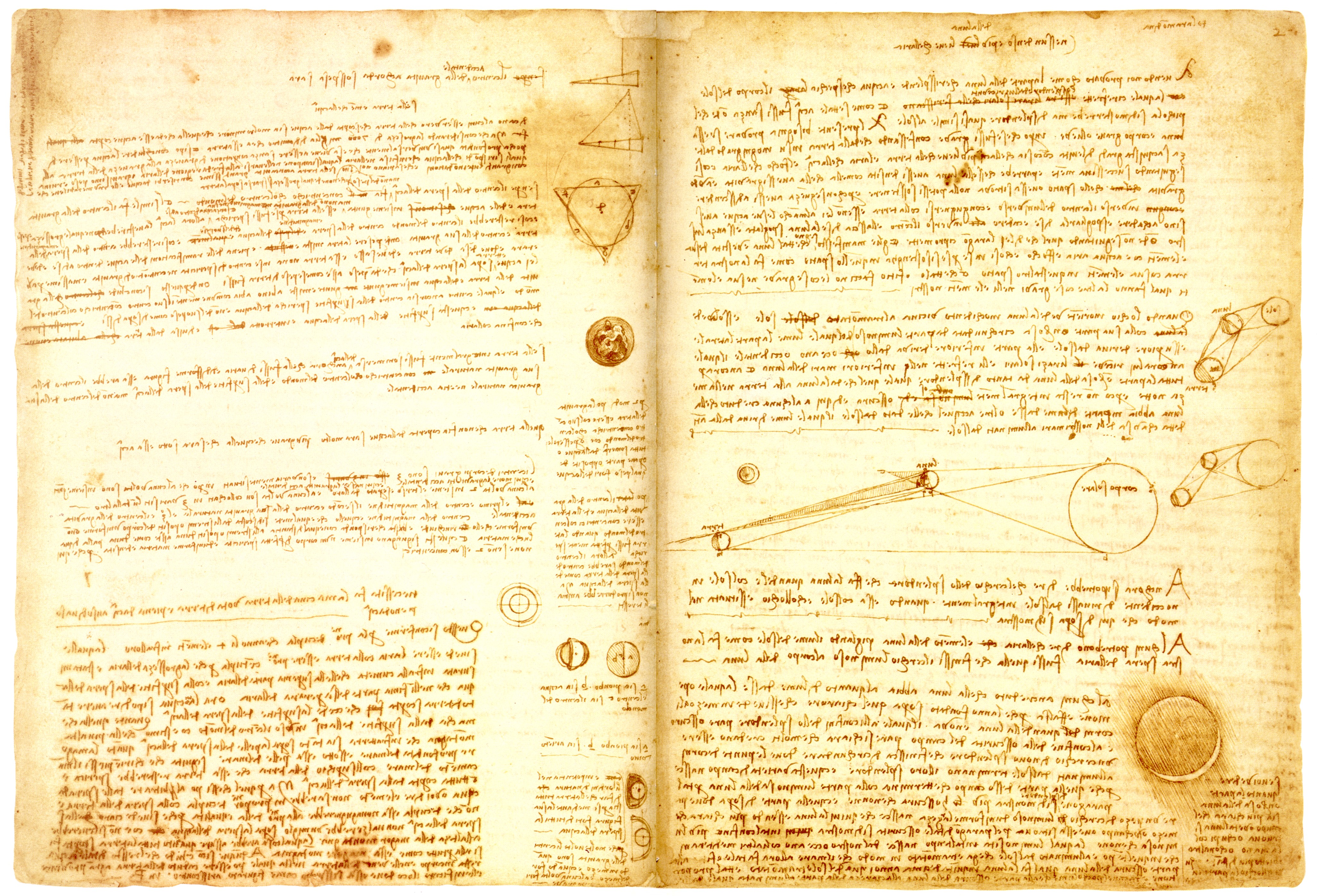
Luddites and technophobes rejoice, paper-bound books may be with us for quite some time. And, there may be some genuinely scientific reasons why physical books will remain. Recent research shows that people learn more effectively when reading from paper versus its digital offspring.
From Wired:
Paper books were supposed to be dead by now. For years, information theorists, marketers, and early adopters have told us their demise was imminent. Ikea even redesigned a bookshelf to hold something other than books. Yet in a world of screen ubiquity, many people still prefer to do their serious reading on paper.
Count me among them. When I need to read deeply—when I want to lose myself in a story or an intellectual journey, when focus and comprehension are paramount—I still turn to paper. Something just feels fundamentally richer about reading on it. And researchers are starting to think there’s something to this feeling.
To those who see dead tree editions as successors to scrolls and clay tablets in history’s remainder bin, this might seem like literary Luddism. But I e-read often: when I need to copy text for research or don’t want to carry a small library with me. There’s something especially delicious about late-night sci-fi by the light of a Kindle Paperwhite.
What I’ve read on screen seems slippery, though. When I later recall it, the text is slightly translucent in my mind’s eye. It’s as if my brain better absorbs what’s presented on paper. Pixels just don’t seem to stick. And often I’ve found myself wondering, why might that be?
The usual explanation is that internet devices foster distraction, or that my late-thirty-something brain isn’t that of a true digital native, accustomed to screens since infancy. But I have the same feeling when I am reading a screen that’s not connected to the internet and Twitter or online Boggle can’t get in the way. And research finds that kids these days consistently prefer their textbooks in print rather than pixels. Whatever the answer, it’s not just about habit.
Another explanation, expressed in a recent Washington Post article on the decline of deep reading, blames a sweeping change in our lifestyles: We’re all so multitasked and attention-fragmented that our brains are losing the ability to focus on long, linear texts. I certainly feel this way, but if I don’t read deeply as often or easily as I used to, it does still happen. It just doesn’t happen on screen, and not even on devices designed specifically for that experience.
Maybe it’s time to start thinking of paper and screens another way: not as an old technology and its inevitable replacement, but as different and complementary interfaces, each stimulating particular modes of thinking. Maybe paper is a technology uniquely suited for imbibing novels and essays and complex narratives, just as screens are for browsing and scanning.
“Reading is human-technology interaction,” says literacy professor Anne Mangen of Norway’s University of Stavenger. “Perhaps the tactility and physical permanence of paper yields a different cognitive and emotional experience.” This is especially true, she says, for “reading that can’t be done in snippets, scanning here and there, but requires sustained attention.”
Mangen is among a small group of researchers who study how people read on different media. It’s a field that goes back several decades, but yields no easy conclusions. People tended to read slowly and somewhat inaccurately on early screens. The technology, particularly e-paper, has improved dramatically, to the point where speed and accuracy aren’t now problems, but deeper issues of memory and comprehension are not yet well-characterized.
Complicating the scientific story further, there are many types of reading. Most experiments involve short passages read by students in an academic setting, and for this sort of reading, some studies have found no obvious differences between screens and paper. Those don’t necessarily capture the dynamics of deep reading, though, and nobody’s yet run the sort of experiment, involving thousands of readers in real-world conditions who are tracked for years on a battery of cognitive and psychological measures, that might fully illuminate the matter.
In the meantime, other research does suggest possible differences. A 2004 study found that students more fully remembered what they’d read on paper. Those results were echoed by an experiment that looked specifically at e-books, and another by psychologist Erik Wästlund at Sweden’s Karlstad University, who found that students learned better when reading from paper.
Wästlund followed up that study with one designed to investigate screen reading dynamics in more detail. He presented students with a variety of on-screen document formats. The most influential factor, he found, was whether they could see pages in their entirety. When they had to scroll, their performance suffered.
According to Wästlund, scrolling had two impacts, the most basic being distraction. Even the slight effort required to drag a mouse or swipe a finger requires a small but significant investment of attention, one that’s higher than flipping a page. Text flowing up and down a page also disrupts a reader’s visual attention, forcing eyes to search for a new starting point and re-focus.
Mangen is among a small group of researchers who study how people read on different media. It’s a field that goes back several decades, but yields no easy conclusions. People tended to read slowly and somewhat inaccurately on early screens. The technology, particularly e-paper, has improved dramatically, to the point where speed and accuracy aren’t now problems, but deeper issues of memory and comprehension are not yet well-characterized.
Complicating the scientific story further, there are many types of reading. Most experiments involve short passages read by students in an academic setting, and for this sort of reading, some studies have found no obvious differences between screens and paper. Those don’t necessarily capture the dynamics of deep reading, though, and nobody’s yet run the sort of experiment, involving thousands of readers in real-world conditions who are tracked for years on a battery of cognitive and psychological measures, that might fully illuminate the matter.
In the meantime, other research does suggest possible differences. A 2004 study found that students more fully remembered what they’d read on paper. Those results were echoed by an experiment that looked specifically at e-books, and another by psychologist Erik Wästlund at Sweden’s Karlstad University, who found that students learned better when reading from paper.
Wästlund followed up that study with one designed to investigate screen reading dynamics in more detail. He presented students with a variety of on-screen document formats. The most influential factor, he found, was whether they could see pages in their entirety. When they had to scroll, their performance suffered.
According to Wästlund, scrolling had two impacts, the most basic being distraction. Even the slight effort required to drag a mouse or swipe a finger requires a small but significant investment of attention, one that’s higher than flipping a page. Text flowing up and down a page also disrupts a reader’s visual attention, forcing eyes to search for a new starting point and re-focus.
Read the entire electronic article here.
Image: Leicester or Hammer Codex, by Leonardo da Vinci (1452-1519). Courtesy of Wikipedia / Public domain.

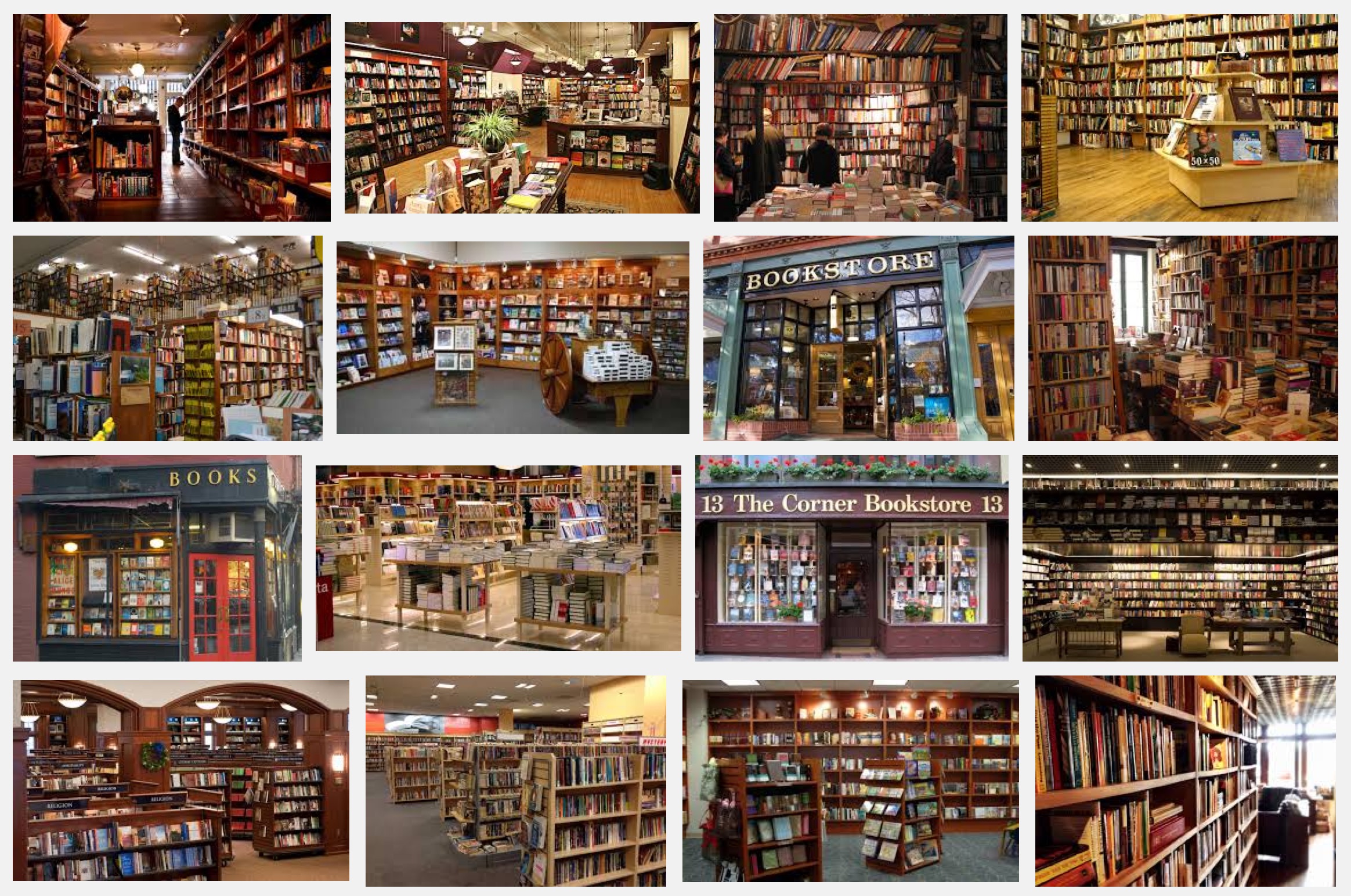
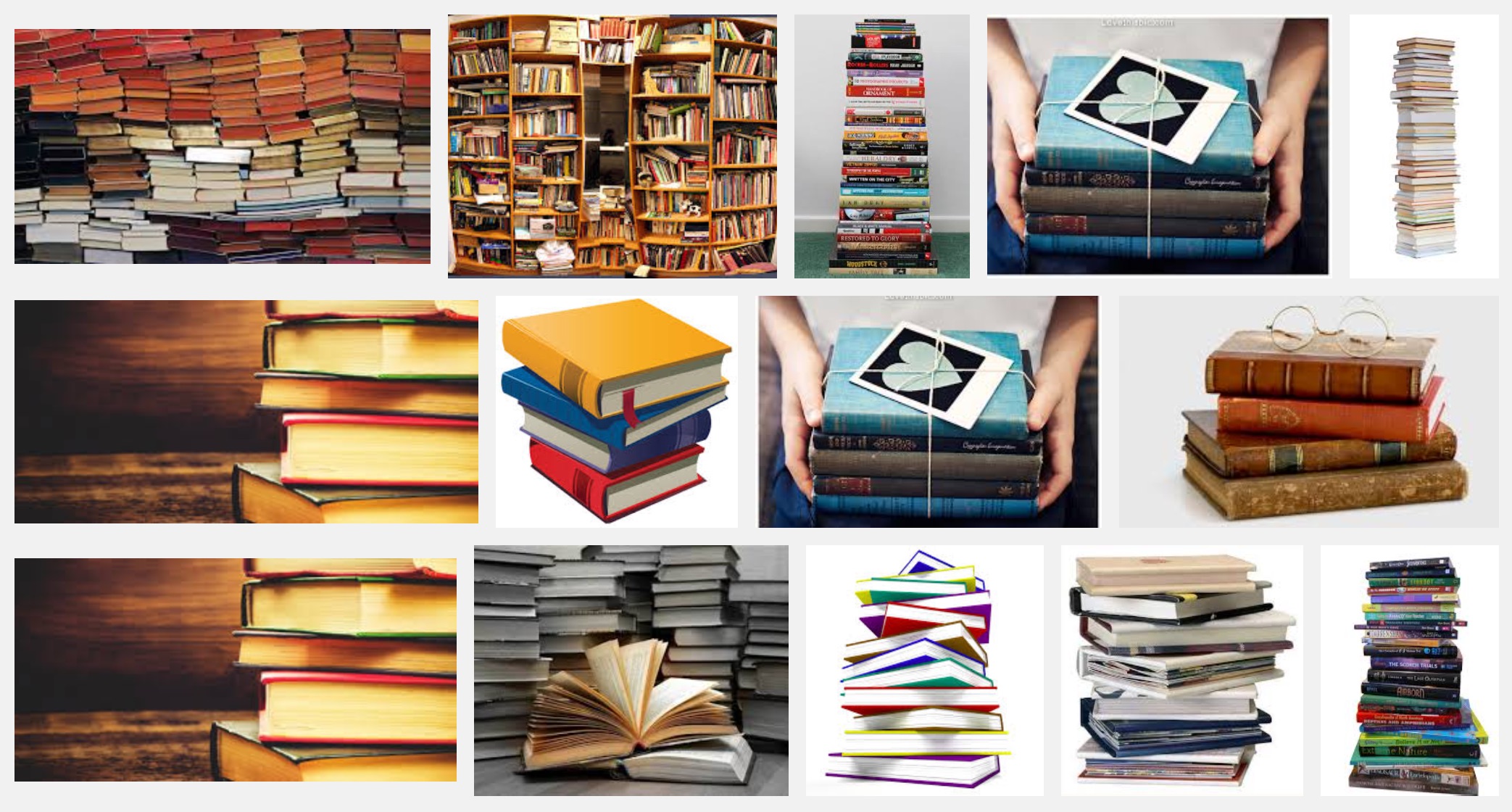

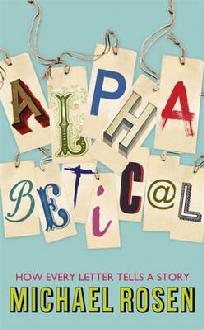
 Unfortunately our world is still populated by a few people who will willingly shed the blood of others while destroying themselves. Understanding the personalities and motivations of these people may one day help eliminate this scourge. In the meantime, psychologists ponder whether they are psychologically normal, but politically crazed fanatics or deeply troubled?
Unfortunately our world is still populated by a few people who will willingly shed the blood of others while destroying themselves. Understanding the personalities and motivations of these people may one day help eliminate this scourge. In the meantime, psychologists ponder whether they are psychologically normal, but politically crazed fanatics or deeply troubled? Last week Amazon purchased Goodreads the online book review site. Since 2007 Goodreads has grown to become home to over 16 million members who share a passion for discovering and sharing great literature. Now, with Amazon’s acquisition many are concerned that this represents another step towards a monolithic and monopolistic enterprise that controls vast swathes of the market. While Amazon’s innovation has upended the bricks-and-mortar worlds of publishing and retailing, its increasingly dominant market power raises serious concerns over access, distribution and choice. This is another worrying example of the so-called filter bubble — where increasingly edited selections and personalized recommendations act to limit and dumb-down content.
Last week Amazon purchased Goodreads the online book review site. Since 2007 Goodreads has grown to become home to over 16 million members who share a passion for discovering and sharing great literature. Now, with Amazon’s acquisition many are concerned that this represents another step towards a monolithic and monopolistic enterprise that controls vast swathes of the market. While Amazon’s innovation has upended the bricks-and-mortar worlds of publishing and retailing, its increasingly dominant market power raises serious concerns over access, distribution and choice. This is another worrying example of the so-called filter bubble — where increasingly edited selections and personalized recommendations act to limit and dumb-down content.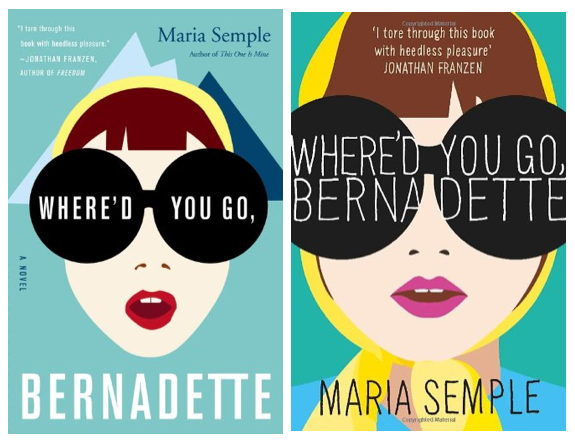
 Author Joe Queenan explains why reading over 6,000 books may be because, as he puts it, he “find[s] ‘reality’ a bit of a disappointment”.
Author Joe Queenan explains why reading over 6,000 books may be because, as he puts it, he “find[s] ‘reality’ a bit of a disappointment”. The official start of summer in the northern hemisphere is just over a week away. So, it’s time to gather together some juicy reads for lazy days by the beach or under a sturdy shade tree. Flavorwire offers a classic list of 30 reads with a couple of surprises thrown in. And, we’ll qualify Flavorwire’s selection by adding that anyone over 30 should read these works as well.
The official start of summer in the northern hemisphere is just over a week away. So, it’s time to gather together some juicy reads for lazy days by the beach or under a sturdy shade tree. Flavorwire offers a classic list of 30 reads with a couple of surprises thrown in. And, we’ll qualify Flavorwire’s selection by adding that anyone over 30 should read these works as well.
 Daniel Kahneman brings together for the first time his decades of groundbreaking research and profound thinking in social psychology and cognitive science in his new book, Thinking Fast and Slow. He presents his current understanding of judgment and decision making and offers insight into how we make choices in our daily lives. Importantly, Kahneman describes how we can identify and overcome the cognitive biases that frequently lead us astray. This is an important work by one of our leading thinkers.
Daniel Kahneman brings together for the first time his decades of groundbreaking research and profound thinking in social psychology and cognitive science in his new book, Thinking Fast and Slow. He presents his current understanding of judgment and decision making and offers insight into how we make choices in our daily lives. Importantly, Kahneman describes how we can identify and overcome the cognitive biases that frequently lead us astray. This is an important work by one of our leading thinkers.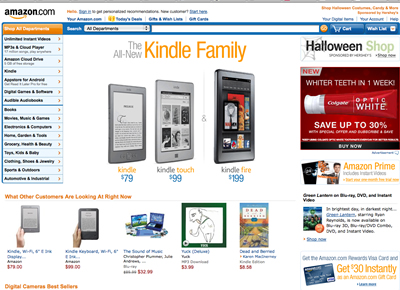
 Tens of thousands of independent bookstores have disappeared from the United States and Europe over the last decade. Even mega-chains like Borders have fallen prey to monumental shifts in the distribution of ideas and content. The very notion of the physical book is under increasing threat from the accelerating momentum of digitalization.
Tens of thousands of independent bookstores have disappeared from the United States and Europe over the last decade. Even mega-chains like Borders have fallen prey to monumental shifts in the distribution of ideas and content. The very notion of the physical book is under increasing threat from the accelerating momentum of digitalization. Charles Fishman has a fascinating new book entitled The Big Thirst: The Secret Life and Turbulent Future of Water. In it Fishman examines the origins of water on our planet and postulates an all to probable future where water becomes an increasingly limited and precious resource.
Charles Fishman has a fascinating new book entitled The Big Thirst: The Secret Life and Turbulent Future of Water. In it Fishman examines the origins of water on our planet and postulates an all to probable future where water becomes an increasingly limited and precious resource.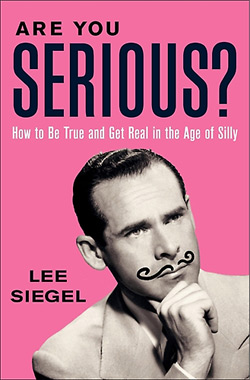 “You cannot be serious”, goes the oft quoted opening to a John McEnroe javelin thrown at an unsuspecting tennis umpire. This leads us to an earnest review of what is means to be serious from Lee Siegel’s new book, “Are You Serious?” As Michael Agger points out for Slate:
“You cannot be serious”, goes the oft quoted opening to a John McEnroe javelin thrown at an unsuspecting tennis umpire. This leads us to an earnest review of what is means to be serious from Lee Siegel’s new book, “Are You Serious?” As Michael Agger points out for Slate: Skeptic
Skeptic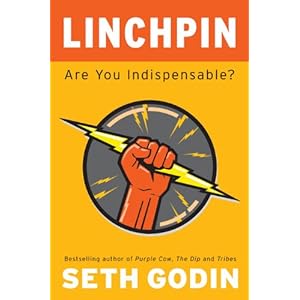 Phew! Another heartfelt call to action from business blogger Seth Godin to become indispensable.
Phew! Another heartfelt call to action from business blogger Seth Godin to become indispensable. Hilarious and disturbing. I suspect Jon Ronson would strike a couple of checkmarks in the Hare PCL-R Checklist against my name for finding his latest work both hilarious and disturbing. Would this, perhaps, make me a psychopath?
Hilarious and disturbing. I suspect Jon Ronson would strike a couple of checkmarks in the Hare PCL-R Checklist against my name for finding his latest work both hilarious and disturbing. Would this, perhaps, make me a psychopath? Solar is a timely, hilarious novel from the author of Atonement that examines the self-absorption and (self-)deceptions of Nobel Prize-winning physicist Michael Beard. With his best work many decades behind him Beard trades on his professional reputation to earn continuing financial favor, and maintain influence and respect amongst his peers. And, with his personal life in an ever-decreasing spiral, with his fifth marriage coming to an end, Beard manages to entangle himself in an impossible accident which has the power to re-shape his own world, and the planet in the process.
Solar is a timely, hilarious novel from the author of Atonement that examines the self-absorption and (self-)deceptions of Nobel Prize-winning physicist Michael Beard. With his best work many decades behind him Beard trades on his professional reputation to earn continuing financial favor, and maintain influence and respect amongst his peers. And, with his personal life in an ever-decreasing spiral, with his fifth marriage coming to an end, Beard manages to entangle himself in an impossible accident which has the power to re-shape his own world, and the planet in the process. David Brooks brings us a detailed journey through the building blocks of the self in his new book, The Social Animal: A Story of Love, Character and Achievement. With his insight and gift for narrative Brooks weaves an engaging and compelling story of Erica and Harold. Brooks uses the characters of Erica and Harold as platforms on which he visualizes the results of numerous psychological, social and cultural studies. Placed in contemporary time the two characters show us a holistic picture in practical terms of the unconscious effects of physical and social context on behavioral and character traits. The narrative takes us through typical life events and stages: infancy, childhood, school, parenting, work-life, attachment, aging. At each stage, Brooks illustrates his views of the human condition by selecting a flurry of facts and anecdotal studies.
David Brooks brings us a detailed journey through the building blocks of the self in his new book, The Social Animal: A Story of Love, Character and Achievement. With his insight and gift for narrative Brooks weaves an engaging and compelling story of Erica and Harold. Brooks uses the characters of Erica and Harold as platforms on which he visualizes the results of numerous psychological, social and cultural studies. Placed in contemporary time the two characters show us a holistic picture in practical terms of the unconscious effects of physical and social context on behavioral and character traits. The narrative takes us through typical life events and stages: infancy, childhood, school, parenting, work-life, attachment, aging. At each stage, Brooks illustrates his views of the human condition by selecting a flurry of facts and anecdotal studies.